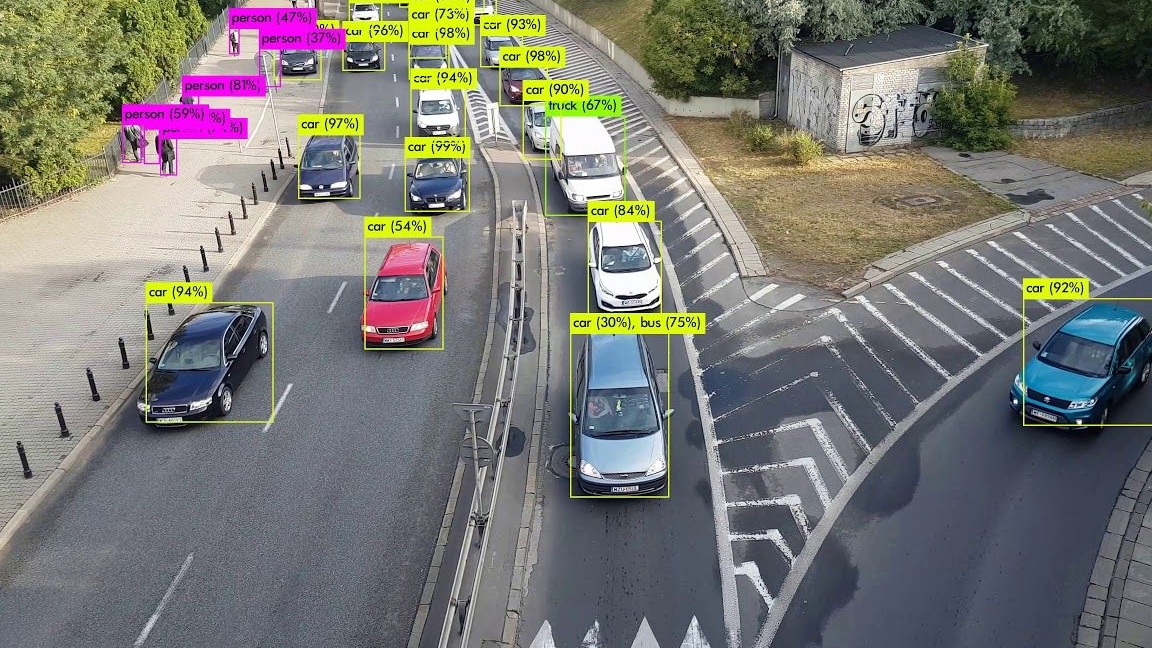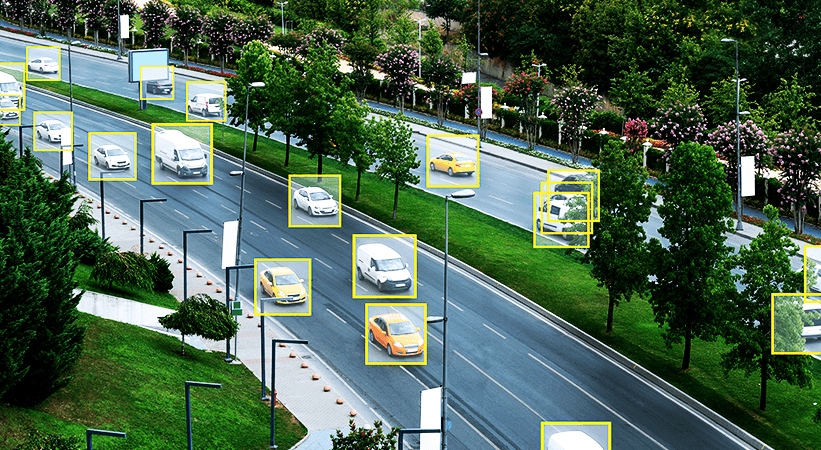Comments
- No comments found

Machine learning has made remarkable strides in recent years, especially within computer vision and video analysis.
Video annotation is a crucial factor that fuels this advancement, a process involving labeling and tagging videos with informative data. This practice is a game-changer, as it holds the key to improving the performance of machine learning models across various video analysis tasks. In this blog post, we'll embark on a journey to explore how video annotation acts as a catalyst, significantly enhancing the accuracy and efficiency of machine learning algorithms.
As we delve deeper into video annotation, we'll unveil the multitude of ways it elevates machine learning models' capabilities. By the end of this post, you'll grasp the importance of video annotation and recognize how it becomes a force multiplier when integrated with scalable video annotation services, paving the way for cutting-edge advancements in AI and video analysis.

Video annotation entails adding metadata to video data, such as text labels, bounding boxes, or critical points. This additional information provides context and aids in the analysis of videos using machine learning algorithms. The process can be performed manually by annotators or through automated algorithms. These annotations serve as ground truth data, enabling the machine learning model to learn and make predictions.
Here are the types of annotations used in video analysis based on tasks:
Object labeling: This type involves identifying and labeling objects or regions of interest within a video frame. Annotators may draw bounding boxes around objects. Accurately outline them with contours.
Recognizing actions: Action recognition annotations focus on identifying actions or activities in a video. Annotators may label actions frame by frame and provide annotations that cover frames, capturing the entire action sequence.
Analyzing expressions: Facial expression analysis annotations involve labeling the emotions or expressions exhibited by individuals in a video. This can assist in tasks such as recognizing emotions or analyzing sentiments.
Estimating body posture: Pose estimation annotations concentrate on tracking and labeling individuals' body posture or pose in a video. This facilitates tasks like recognizing activities or analyzing body gestures.
Here are some advantages of using video annotation in enhancing machine learning models:
Training data for learning: Supervised learning, which involves training models using labeled data, is an adopted approach in machine learning. Video annotation provides the labels and annotations required to train the models. By providing accurately annotated video data to machine learning algorithms, they can learn patterns, relationships, and features contributing to video analysis.
Improved accuracy and precision: Video annotation assists machine learning models in achieving levels of accuracy and precision by providing ground truth annotations. These annotations allow models to learn from reliable information.
Video annotation is a tool that helps models understand and analyze video content. It enables them to distinguish between objects or actions, leading to accurate predictions.
Improved generalization: They can learn to generalize even when dealing with unseen data by training machine learning models on well-annotated video datasets. This is particularly useful in real-world scenarios where lighting conditions, camera angles, or object appearances vary.
Reduced human bias: Humans often have biases when interpreting video content. Video annotation provides an objective process that removes biases, resulting in more fair and consistent training data for machine learning models.
Iterative model improvement: Video annotation enables improving machine learning models. Models can be continuously trained, evaluated, and fine-tuned by analyzing video data and creating a feedback loop. This iterative process helps reduce errors in handling scenarios and helps adapt to evolving video content.

It's essential to consider the challenges associated with video annotation:
Subjectivity and ambiguity: Annotators may have interpretations of video content, which can result in annotations. To ensure clarity and consistency, it is vital to establish annotation guidelines that minimize ambiguity and enhance reliability.
Scalability and cost: Annotating video datasets can be time-consuming and costly. Training annotators and implementing quality control measures are necessary to maintain accuracy. While automated annotation algorithms can help address these challenges, they also have limitations.
Annotator expertise: Annotators must possess domain knowledge and expertise to label videos accurately. This is particularly crucial for tasks such as video analysis or autonomous driving, requiring specialized skills.
Video annotation plays a role in training and improving machine learning models for video analysis tasks. By providing dependable annotations, video annotation enables these models to achieve accuracy, precision, and generalization. Despite the challenges involved, the advantages associated with video annotation make it an indispensable aspect in advancing machine learning algorithms within video analysis.
Leave your comments
Post comment as a guest